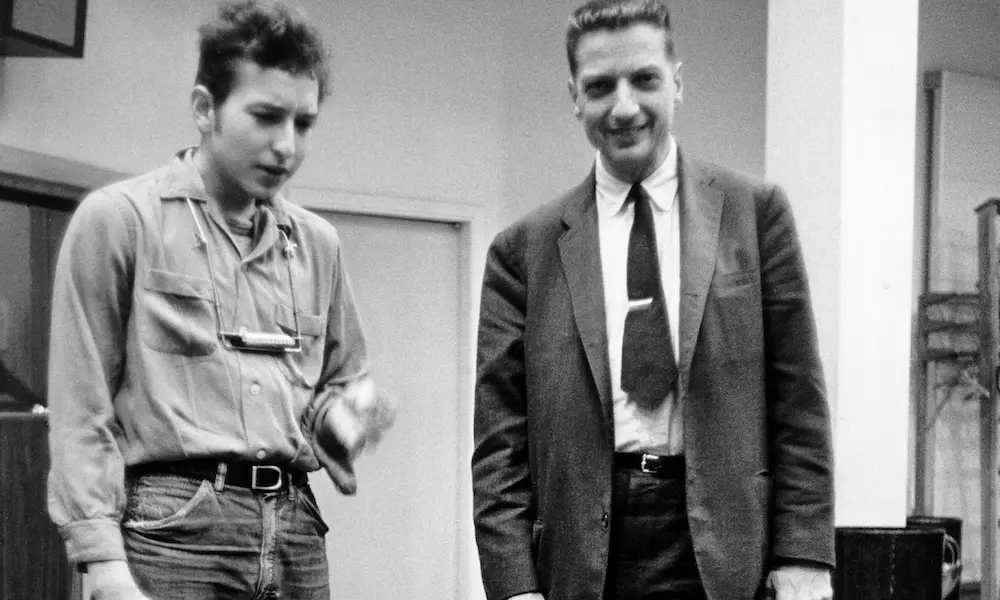The name of John Hammond Sr. remains unfamiliar to many, but as a talent scout, producer, musicologist, broadcaster, journalist, and mentor, he helped the world to discover artists from Bob Dylan to Bruce Springsteen, and scores more in between. While you read about his extraordinary contribution, do take a listen to The Legacy of John Hammond, a hand-picked playlist featuring the artists he produced and championed.
A native New Yorker born on December 15, 1910, who studied violin and viola at Yale, Hammond brought a considered scholarliness to the often frenetic world of popular music. He was the son of a Vanderbilt heiress, and developed his love of jazz by listening to records with his parents’ servants. He was producing discs in Greenwich Village by the early 1930s, when an association began with Columbia Records that would last for the rest of his life.
In the pre-war era, with racial segregation rife in music, Hammond’s open-mindedness helped countless black artists to open doors that would otherwise have been closed. It was John that persuaded Benny Goodman to record with the 17-year-old Billie Holiday, giving the teenage vocal phenomenon her break, and he did the same to advance the careers of Charlie Christian, Lionel Hampton, and others.
“She was 17 when I first heard her, she was nearly 18,” Hammond later said of Holiday. “She was just unbelievable, she phrased like an improvising instrumentalist. She was the first singer I ever heard do that. She didn’t read music, didn’t have to. To me she was unbelievable.”
The highly significant From Spirituals To Swing concerts at New York’s Carnegie Hall in December 1938, and 12 months later, were further Hammond landmark. Goodman, Basie and Turner all shone in this elevated setting, as did jazz notables such as Albert Ammons and Meade Lux Lewis, blues names like Sonny Terry and Big Bill Broonzy, and gospel acts including the Golden Gate Quartet and Sister Rosette Tharpe. They would also have shone a multi-racial spotlight on Robert Johnson, if not for his murder in August of that year.
After World War II and his army service, Hammond expanded beyond even these catholic tastes by championing such artists as folk troubadour Pete Seeger. He found the teenage Aretha Franklin and produced her initial, jazz-leaning Columbia albums of the early 1960s.
By then, a young man called Bob Dylan had crossed his path; Hammond signed him to the label, produced his self-titled debut LP of 1962 and co-produced the following year’s The Freewheelin’ Bob Dylan with Tom Wilson.
Hammond continued to identify and to sign artists to Columbia with an uncanny and unmatched instinct for raw talent, from Leonard Cohen in 1967 to Springsteen in 1972. Hammond’s son, also called John, became a respected blues musician himself.
Hammond Sr. retired in 1975, but as he grew older, he remained a father figure to many of the artists he had mentored. Even at the age of 73, in 1983, underlined that his intuition was as reliable as ever when he signed the guitar phenomenon Stevie Ray Vaughan.
John was inducted into the Rock & Roll Hall of Fame in 1986 and died on July 10 the following year, at the age of 76. He remains, for many, the ultimate A&R man.



